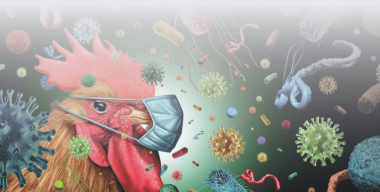
The process of cleaning and disinfection of the facilities constitutes one of the pillars on which we base our BIOSECURITY.
We understand BIOSECURITY as a set of measures that we put into practice in our farm, with the aim of preventing and controlling the entry and spread of potential pathogens.
And just as they will be applied to each farm, they must be specifically personalized to the individual circumstances of each facility. It is true that in many cases they will follow similar patterns, but each place, with its specific characteristics, will make it necessary to adapt this type of measures to a greater or lesser extent, which is why we understand BIOSECURITY as:
Something moldable, which needs to be constantly reviewed to being able to adapt it to the needs of each process, achieving the ultimate goal of prevention and control of pathogens.


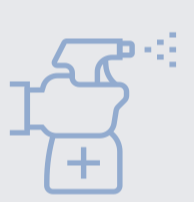
More and more places are opting for innovative forms of application that provide greater safety to the process, reaching areas of difficult access much more easily than through more traditional methods, simplifying the work of the operator, and thus also reducing the possibility of human error that could compromise safety, they can even also be added to the usual process of Cleaning and Disinfection as a second disinfection or terminal disinfection.
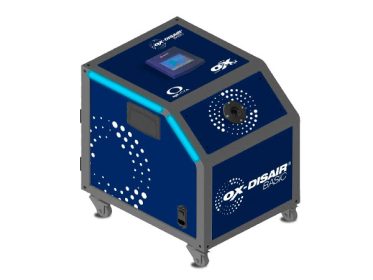
Thus allowing us to minimize costs related to the use of personnel and the consumption of biocidal product.

This means, once again:
In short, new elements, which although they would have been cleaned and disinfected in the same way, will suppose, together with the movement of operators, a risk for the introduction of possible pathogens.
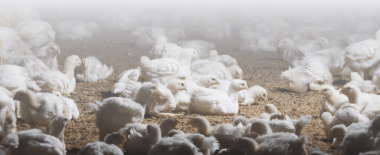

For example, a spray application would result in a totally wet litter, being unfeasible for production.
That is why we must look for ways to apply that
Subscribe now to the poultry technical magazine
AUTHORS
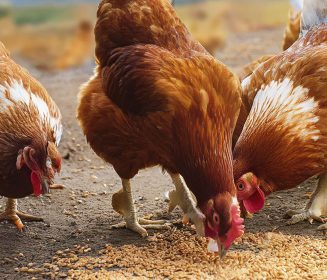
Layer Longevity Starts at Rearing
H&N Technical Team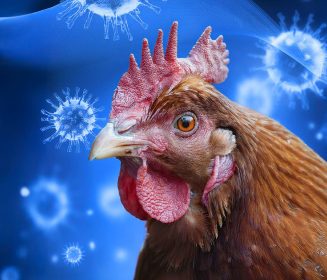
The Strategy for a Proper Infectious Bronchitis Control
Ceva Technical Team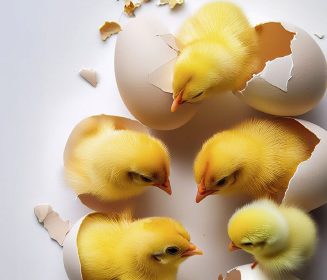
Elevate Hatchery Performance with Petersime’s New Data-Driven Incubation Support Service
Petersime Technical Team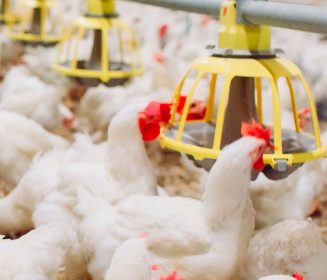
Maize and Soybean Meal Demand and Supply Situation in Indian Poultry Industry
Ricky Thaper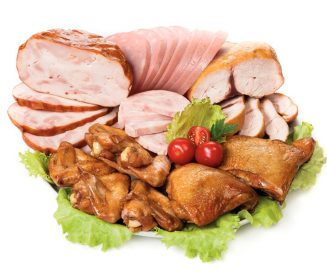
Production of Formed Injected Smoked Chicken Ham
Leonardo Ortiz Escoto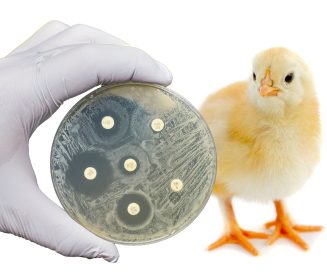
Antimicrobial Resistance in the Poultry Food Chain and Novel Strategies of Bacterial Control
Edgar O. Oviedo-Rondón
GREG TYLER INTERVIEW
Greg Tyler
Insights from the Inaugural US-RSPE Framework Report
Elena Myhre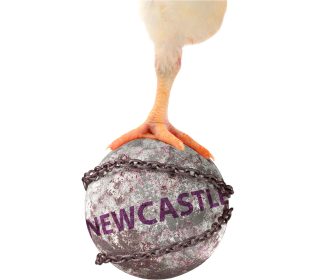
Newcastle Disease: Knowing the Virus Better to Make the Best Control Decisions. Part II
Eliana Icochea D’Arrigo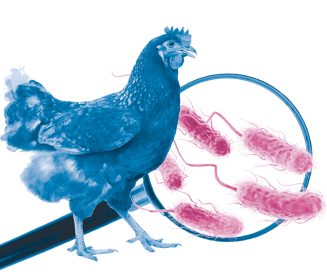
Avian Pathogenic E. coli (APEC): Serotypes and Virulence
Cecilia Rosario Cortés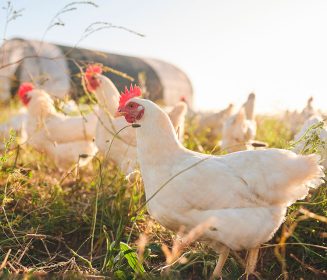
The Importance of Staff Training on Animal Welfare Issues in Poultry Industry
M. Verónica Jiménez Grez
Rodent Control is a Key Factor in Poultry Biosecurity and Sustainability
Edgar O. Oviedo-Rondón